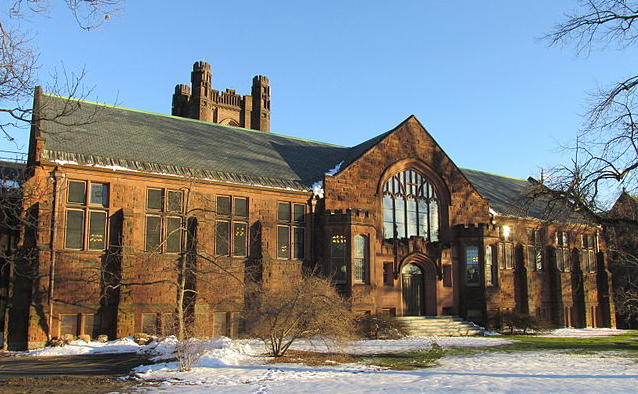Many an academic author has had the experience of proudly announcing the publication of his or her new book, only to have some grumpy person ask, “Why is it so expensive?” I’ve certainly had this experience with publications ranging from my first book, The Protestant Interest (original list of $40) to my edited volume with Darren Dochuk and Kurt Peterson on George Marsden’s contributions to the study of religious history (lists at $66). A number of my more recent titles are somewhat less expensive, because the press regards them as “trade books.” Normally, only books that are regarded as having “trade potential”—meaning popular sales—will be priced at $30 or less.
Why? First, it is important to understand that no author—or at least no author I know—sets the price of his or her book. I know this personally, as someone who has at times appealed (begged?) for the press to set a lower price! The press makes the decision on the “list price,” and then retailers like Amazon decide how much to discount the book, based upon the discount they were able to get for it, and how many copies they think they can sell.
Sales of academic books have been in slow decline for decades, so a purely academic title can typically expect to sell only to academic libraries and a few specialists in the field—maybe no more than 200 copies. The book may be a blockbuster contribution to its field, and may even be pretty readable, but if the press does not regard it as a trade book, it will not be marketed and sold as such.
Thus, they price the book at $40, $70, or even $150, because they are planning on selling mostly to institutional libraries rather than individual consumers. That high price is (hopefully) their way of breaking even. If the book sells reasonably well, or if it seems to have potential for course adoptions, the press might come out later with a less expensive paperback edition. (This happened with The Protestant Interest, for example.)
Some might say, “Well, if they did not price it so high, maybe more people would buy it!” This could be true in certain cases, but with the proliferation of books across all genres, the “high price, low sales” model is probably a safer bet for presses to recoup their expenses. Printing too many can leave publishers with mounds of excess inventory that they can’t sell, meaning that they lose even more money on the book.
Unfortunately, the choice for an author is often having a worthy book in print at a high price, or not having it in print at all (or at least not in print with an established press). Given that choice, I trust we’d all go with an in-print but costly book. As an individual consumer, the presses simply do not expect you to buy a $70 book. If your local library does not have it, the best way to get access to those sorts of books is through inter-library loan, an invaluable but underused resource at many libraries.
Please stop complaining, then, to authors of high-priced books. It is not their fault. The best thing you can do about this problem is to keep buying high-quality books that are within your price range. If we don’t support such books, the number of sub-$30 books will continue to shrink, until the only choices left are the Dan Browns and Joel Osteens of the publishing world. Why those authors sell the most copies is another topic for another time.
An earlier version of this post appeared at the Anxious Bench blog, Patheos. Thanks to my co-blogger Justin Taylor for his input on this version!

















